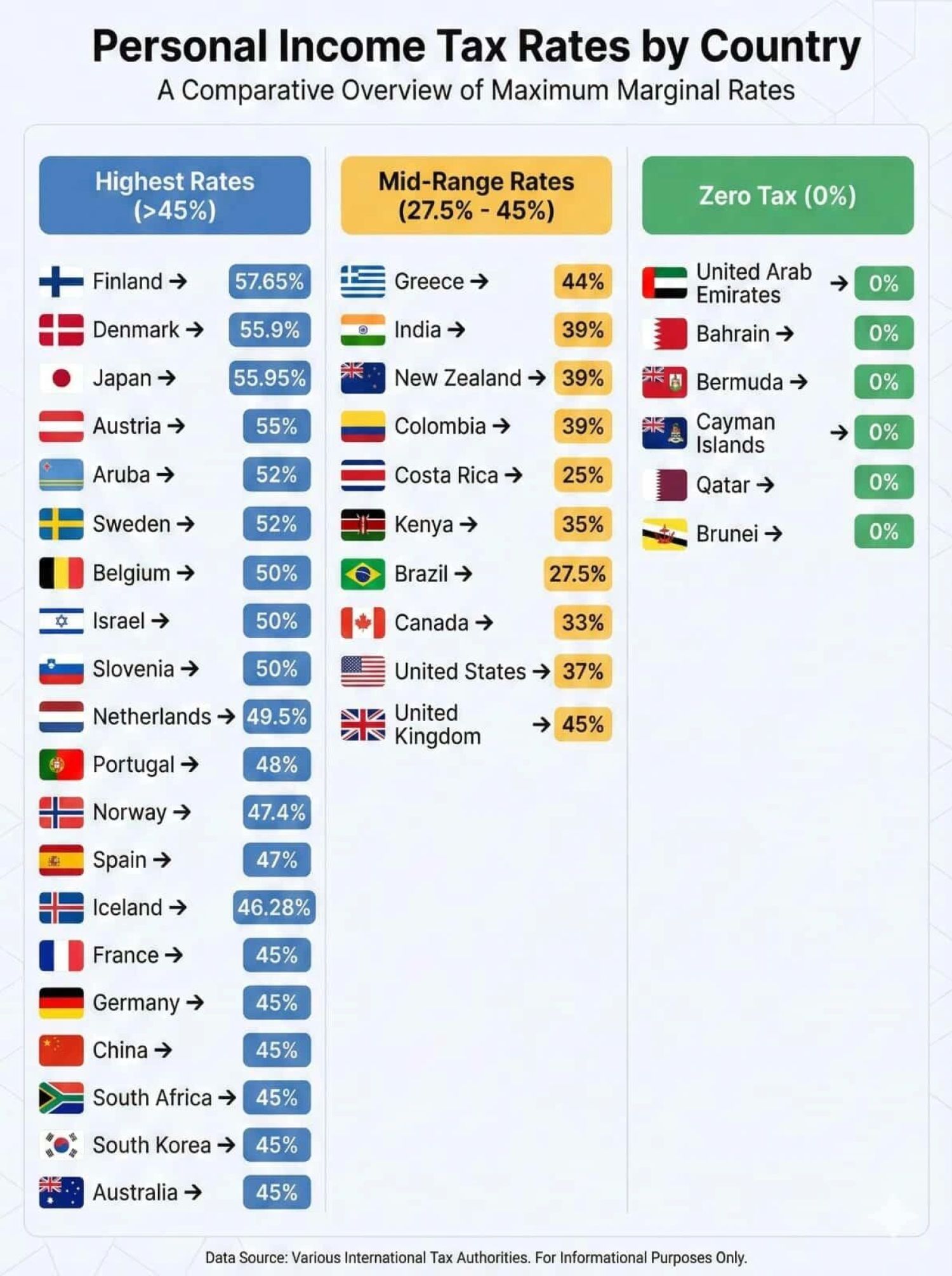
PROVISIONS TO COMPLY WITH WHILE SALE OF PROPERTY
- The proceeds arising from the sale of such property be received in an NRO account in India.
- A properly executed and stamped copy of the sale deed must be obtained for tax compliances (ITR filing) and future tax/tax/another query.
- Keep a copy of the property and other documents before giving originals to the buyer.
- TDS certificate (Form 16) in relation to TDS withhold by the buyer on the property sale transaction.
- The NRI can remit the proceeds from the NRO account to NRE/Foreign account. For the same, a process can be initiated with the bank for remittance of money, and for this, CA services are required for Form 15CB (CA Certificate) and 15CA filing with Income Tax Department.
- After the end of the financial year, the Non-resident seller (NRI, Foreign citizen, OCI) is required to file an Income Tax Return with the Income Tax Department to report Property Sales and capital gain & tax working.
TDS CERTIFICATE FOR PROPERTY SALE BY NRI
APPLICABLE TDS PROVISIONS
- The TDS provisions are applicable on all the financial transactions undertaken by any person in India.
- TDS is also applied on transfer of immovable property, irrespective of the type of person undertaking the transaction.
- Under the Income Tax Act, 1961, TDS is deducted @1%, where the seller is an Indian Resident and the same is governed by section 194IA.
- For NRI and OCI, the same is governed by section 195 of the Income Tax Act, 1961 and TDS is deducted at the maximum rate charged in India i.e., @ 20% for long term assets and @ 30% for short term assets. Along with this, a surcharge and a 4% cess are also applied on the above rate.
GUIDELINES ON TDS CERTIFICATE FOR NRI
- It is commonly seen that in property sale transactions, the actual tax liability of a NRI taxpayer is less than its TDS deducted on the said transactions.
- Let’s understand it with an example. Suppose a NRI is looking to sell an immovable property for Rs 2 Crores, and the cost of acquisition of the said property (after indexation) Rs 1.5 Crores. By applying the provisions of capital gain, there is a capital gain of Rs 50 Lakhs. As per section 195, TDS on the said transaction will be deducted @23.92% (20% + SC 15% + cess 4%), being a long-term asset. Therefore, the amount of TDS will be 23.92% of Rs 2 crores i.e., Rs 47,84,000. Now computing the actual tax liability under the said transaction, the same be charged @ 20.8% (20% + 4% cess; SC not applicable on below 50 Lakh Rs gain) on the amount of Rs 50 lakhs i.e., Rs 10,40,000.
- It can be clearly seen that NRI’s TDS deducted is of Rs 47,84,000 while the actual tax liability is of Rs 10,40,000. Thus, to bridge the gap between TDS deducted and actual tax liability, NRI can apply to claim the refund of excess TDS paid by filing their ITR.
- Refund taking process is a time-consuming process. Once TDS is deducted on full amount, Non-resident money will be blocked with Income Tax Department for a long time, which causes loss of bank interest also.
- To handle this problem, Income Tax Act provides for Lower TDS Certificate (or also called as TDS Exemption Certificate) under section 197 of Income Tax Act.
TDS EXEMPTION CERTIFICATE FOR BRI
- NRI can voluntarily apply for a Lower TDS Certificate to the concerned Income Tax Authority, to seek relief in the TDS implication.
- To apply for the said certificate the NRI is required to file Form 13 on the Income Tax Portal using the login credentials used to create their account on the portal.
- The applicant is also required to provide the supporting documents asked in the form for Lower TDS Certificate. The required documents are submitted with Form 13 Application online.
- On successful completion and submission of required documents, the application is forwarded to the Jurisdictional TDS Certificate Officer. The officer reviews the application and raises observations & further requirements if any.
- Once satisfied with the authentication of the application, the officer processes the certificate and allots the Lower TDS to the NRI/Foreign citizen in relation to the transaction.
- Hence, through this process, NRI/Foreign citizens get TDS relief before the sale transaction and therefore avoid blocking of their money with the Income Tax Department.
DOCUMENTATION FOR LOWER TDS CERTIFICATE
The following documents are required to be supported with Form 13 for obtaining Lower TDS Certificate -
- Income Tax Login Details of NRI/Foreign Citizen.
- Registration details on the Lower TDS Application Portal i.e., TRACES.
- The agreement entered into with the buyer for the sale of the property.
- TAN number of the buyer. In case the buyer is not in receipt of one, can apply for it and get it in 2-3 days by filing Form 49B with the Income Tax Department.
- Copy of Passport of NRI/Foreign Citizen Seller.
- Circle Value of property involved, certified by the regulating authority.
- Properly stamped and executed purchase deed of the property and proof of ownership by the Owner.
- Bank account statement of the NRI held in India.
- ITR of the NRI for the last 2-3 years.
- Tax record and statement under 26AS for the last 2-3 years.
TIMELINE FOR LOWER DEDUCTION CERTIFICATE
In normal circumstances, the activities involved in issuing the Lower TDS Certificate, take the following days -
- Preparation of application and submitting it with requisite documents – 2 Days
- Forwarding the application to TDS Jurisdictional Officer (Internal computerised process in Income Tax Department) – 4 days
- Raising of any irregularity or asking of any further information by the TDS Officer – 2 Days
- Providing requisite answer and information to the TDS officer – 2 Days
- Final assessment by the officer and allotment of the certificate – 2 Days
- Final approval and attestation by the Senior Jurisdictional Authority (Generally Additional CIT) – 2 Days
- Certificate issued to the concerned NRI – 1 Day
More updates: F&Q on NRI Income Tax Compliance (Help Centre)















